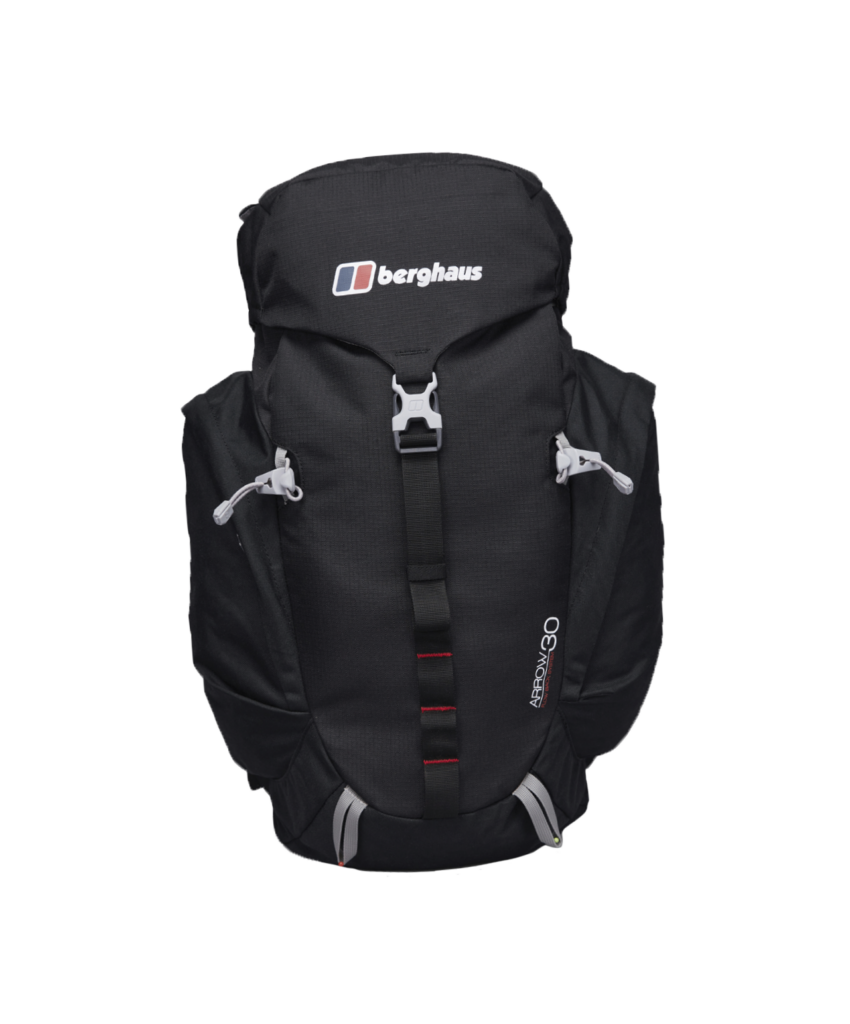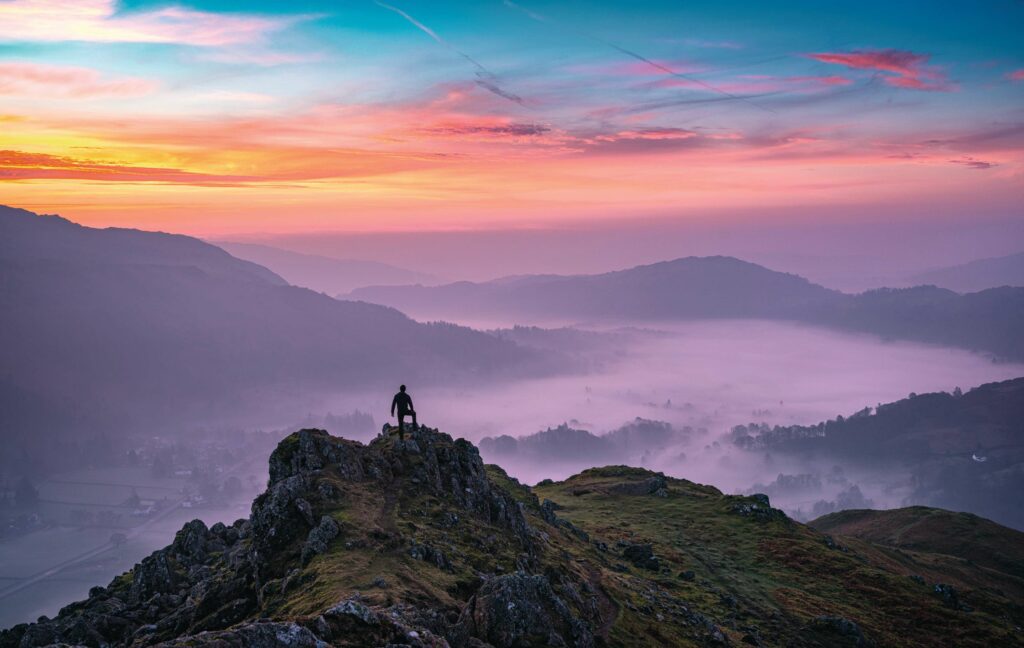HAVE YOUR SAY ON RURAL ISSUES
Share your views and opinions by writing to us at:
Have your say: BBC Countryfile Magazine, Eagle House, Bristol BS1 4ST; or email editor@countryfile.com, tweet us @CountryfileMag or via Facebook facebook.com/countryfilemagazine
*We reserve the right to edit correspondence
LETTER OF THE MONTH
COUNTRYFILE CURE…

One whole week in bed with ’flu and a chest infection has been dreadful! Everything has been forcibly slowed down, something I’m not used to, as I am one of those 100-miles-a-minute types of people. For the first four days/nights, I have slept in-between coughing uncontrollably, but after a course of antibiotics I’m starting to feel better. My caring hubby (who is not used to looking after me) brought up a cup of coffee and February’s edition of BBC Countryfile Magazine to read. I’ve read it from cover to cover.
I was most impressed with the ‘Make do and mend’ section (memo to self: send in some ideas as I quite like repairing stuff); reading about snowdrops reminded me of my days working for Barnardo’s in the 1980s, their grounds were packed with them; the article about classic country walks showing Ben Nevis and Yr Wyddfa (Snowdon), took me back to when my family achieved the Thee Peaks Challenge in aid of bowel cancer (unfortunately we have hereditary Lynch Syndrome, impacting upon nine individuals so far). And now I am going to plan some trips away in the summer using suggestions in the magazine.
Sometimes we need to get off the wheel, just to reflect on lives lived and plan adventures for the future. So thank you.
Christine Dunn Buckley, North Wales
Editor Fergus Collins replies: I’m so pleased our February issue was such a tonic. I’ve read your email to the magazine team and it has done them the power of good, too. So thank you!

THE PRIZE:
This month’s star letter wins a Berghaus Unisex Arrow 30 Rucsac, black worth £65. This compact 30-litre daysack features pockets in the lid and on the sides, plus attachments for walking poles to keep all your gear organised, making it ideal for day walks. The Flow vented back system allows your skin to breathe and it comes with a packable rain cover, too. berghaus.com
A THREAT TO THE DUNES
It was good to read your ‘Day out; Sandscale Haws’ article on Countryfile. com. For 15 years, I have been a volunteer there for the National Trust, helping with practical conservation and, more recently as my physical abilities decline, as a ‘visitor engager’. I love this place.
But Sandscale Haws is under threat by a proposed holiday resort to be called Roanhead – with 450 lodges, a pub, bistro, shop, spa etc, to be built on farmland adjacent to the reserve.
The company, Landal GreenParks, has resorts all over Europe and America. They did a presentation to Dalton Town Council (where I am a councillor) and made some critical mistakes. For instance, their ecologist thought they would be able to have pools among the lodges in which to keep natterjack toads, so visitors could “interact” with them. He didn’t know natterjacks breed in shallow sandy pools and then return to the sand dunes – rather than live in deep pools in grassy fields on top of a crag.
They plan to have access to the beach, right where ground-nesting birds need to establish themselves for the season and the pools where the toads breed. They plan for visitors to bring dogs; we already have real problems with dog excrement on the beach and dunes. Last week, in one afternoon, we highlighted over 150 piles of poo from the visitors we have now.
This development would gravely harm the site and would be visible all around the estuary. Once the birds and toads are gone, they will be gone forever.
Ann Thurlow, via email
BALANCE IN NATURE
I totally agree with Ellie Harrison’s words in the March issue, where she addresses the erroneous idea that some wildlife is ‘good’ and others ‘bad’.
I am one of those people who can’t even kill the tiniest of spiders. We get slugs in our kitchen and I pick them up and put them somewhere safe. We have spiders that the kids run away from and I capture them in a jar and put them somewhere safe. I don’t particularly like wasps but I refuse to kill them, I am sure they have some purpose. As for the bees, where would we be without them?
We must learn how the balance works and respect the creatures we share this Earth with. So I am trying to train my family to look after everything in nature, from the tiniest creature right through to the largest that we see here in England.
Steve Heap, via email
OUR CONNECTION WITH FOOD
I felt moved to agree totally with Hugh Fearnley-Whittingstall in the article ‘Eating for resilience’ in your January issue. Unfortunately, it is hard for us ‘ordinary’ folk to be heard.
1) Food waste is scandalous in any form, especially on the grounds of ‘imperfect’, or because there isn’t the labour available for harvest.
2) There is definitely a lost connection with food, so there should be more education on where food comes from, what is involved in its production and how to cook it.
3) Food security is SO important. This country is capable of being more self-sufficient if governments valued and supported farmers a LOT more. For environmental improvements, yes, but also for food production. This should also include encouraging smaller farms and farms in more ‘difficult’ regions.
4) Why import food from hundreds or thousands of miles away, adding to our carbon footprint, when this country has the climate and the food standards to produce many of the foods we need? Especially if we start to understand the concept of seasonality.
5) Understand, value and support UK farmers.
Bridget Rowlands, Cumbria
SNOWDROP LOCATIONS
I was very interested in the article on snowdrops by Phil Gates, February issue. While I appreciate that there must be lots of places where snowdrops thrive and which could have been listed at the conclusion of his article, I was a little surprised that two major examples in Gloucestershire received no mention at all.
They are the Rococo Gardens in Painswick and the even more amazing Colesbourne Gardens. Here you will find more than 300 varieties of snowdrops growing in around four hectares of formal snowdrop walks. The vast estate of Colesbourne Gardens was established by pioneering naturalist and horticulturist Henry John Elwes in the 19th century, and has been managed by his family ever since.
Paul Collins, via email
Editor Fergus Collins replies: Thank you for drawing our attention to these sites. It can be hard to be completely comprehensive in a magazine article but I will include these in our online piece on snowdrops on Countryfile.com.
Helm’s deep thoughts

What a beautiful photo of a sunrise from the summit of Helm Crag in your February issue. It’s well worth getting up there early for a view like that. It is a favourite walk of mine, having first climbed it 70 years ago with my father in 1953. You quote Wainwright stating that “The virtues of Helm Crag have not been lauded enough. It gives an exhilarating climb.” He was quite right about the views and the short walk from Grasmere, but the actual summit is a rocky formation that proved too difficult for Wainwright and he never stood on the actual summit. Nothing wrong with that, as it does need the use of hands to climb the rock formation. After my father died in 2003, I went up with quite a few of my family, a dozen in total, and only half of us made the actual summit.
Tony Ward, Sale, Cheshire